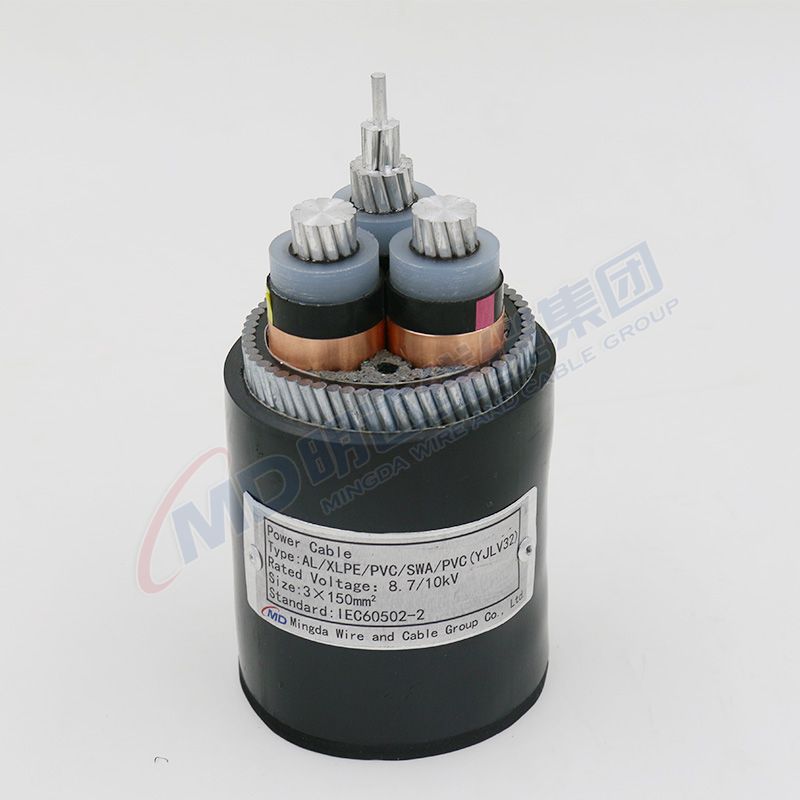Nov . 09, 2024 05:45 Back to list
Effective Y Strainer Filter Solutions for Optimal Liquid Filtration
The Y-Strainer Filter An Essential Component in Fluid Systems
In various industries and applications, effective filtration and separation of impurities from fluids are crucial for ensuring system efficiency and longevity. Among the various filtration devices available, the Y-strainer filter stands out as a fundamental component that serves both function and versatility. This article explores the design, operation, benefits, and applications of Y-strainer filters in fluid management systems.
Understanding the Y-Strainer Filter Design
The Y-strainer filter derives its name from its distinctive shape, which resembles the letter 'Y'. This design plays a critical role in its function as a strainer. Typically, the Y-strainer consists of a body, a strainer element (or mesh), and a cover, all of which are made from durable materials such as stainless steel, bronze, or plastic, depending on the application and the nature of the fluid being filtered.
Inside the strainer, a perforated screen or mesh captures particulate matter and debris, preventing them from entering pipelines and equipment downstream. Common mesh sizes range from coarse to fine, allowing for varying filtration levels, depending on the required application. The strainer's design also allows for easy maintenance; the mesh can be removed and cleaned or replaced without disrupting the entire system.
How Y-Strainer Filters Operate
The operation of a Y-strainer filter is straightforward. Fluid enters the strainer through the inlet, flowing into the Y-shaped body. As the fluid passes through the mesh screen, larger impurities are trapped while the cleaned fluid exits through the outlet. This process not only protects pumps and valves from wear but also enhances overall system performance.
While Y-strainers are typically installed in horizontal piping lines, they can also function effectively in vertical setups. The direction of the flow is crucial; hence, correct installation is paramount for optimal performance. It is also essential to consider the pressure drop across the strainer, as excessive pressure loss can affect system efficiency.
Key Benefits of Y-Strainer Filters
The advantages of incorporating Y-strainer filters in fluid systems are manifold.
y strainer filter

1. Protection of Equipment Y-strainers effectively prevent dirt and debris from damaging sensitive equipment such as pumps, compressors, and turbines, leading to reduced maintenance costs and downtime.
2. Cost-Effectiveness The relatively simple design and materials used in manufacturing Y-strainers make them a cost-effective solution for filtration needs. Their durability also means they have a long service life.
3. Ease of Maintenance One of the most significant advantages of Y-strainers is their ease of maintenance. Users can quickly clean or replace the strainer mesh without extensive downtime, which is particularly valuable in continuous operation settings.
4. Versatility Y-strainers can be used in a wide range of industries, including water treatment, oil and gas, food processing, and HVAC systems. They are applicable in various fluid types, including liquids and gases.
5. Performance Reliability With proper selection and installation, Y-strainers can provide consistent and reliable performance across a broad spectrum of environments and operational conditions.
Applications of Y-Strainer Filters
Y-strainer filters find application in numerous fields due to their reliability and efficiency. In water treatment plants, they filter out debris and sediment, ensuring that clean water is supplied for various purposes. In the oil and gas industry, Y-strainers protect pipelines, pumps, and other equipment from contaminants that could lead to operational inefficiencies or failures.
In HVAC systems, these filters are critical for maintaining airflow and system performance, while in food and beverage processing, they ensure product purity by removing unwanted particles. The versatility of Y-strainers makes them invaluable in any fluid management system seeking efficiency and reliability.
Conclusion
In summary, the Y-strainer filter is an essential component in modern fluid management systems. Its simple yet effective design, coupled with numerous benefits, makes it a reliable choice for industries requiring efficient filtration. As technologies evolve and industries continue to grow, the role of Y-strainer filters will undoubtedly remain pivotal in ensuring that fluid systems operate smoothly and efficiently. Incorporating Y-strainers into operational protocols represents a proactive approach to maintaining the integrity and performance of complex systems.
Share
-
Reliable Wafer Type Butterfly Valves for Every IndustryNewsJul.25,2025
-
Reliable Flow Control Begins with the Right Ball Check ValveNewsJul.25,2025
-
Precision Flow Control Starts with Quality ValvesNewsJul.25,2025
-
Industrial Flow Control ReliabilityNewsJul.25,2025
-
Engineered for Efficiency Gate Valves That Power Industrial PerformanceNewsJul.25,2025
-
Empowering Infrastructure Through Quality ManufacturingNewsJul.25,2025